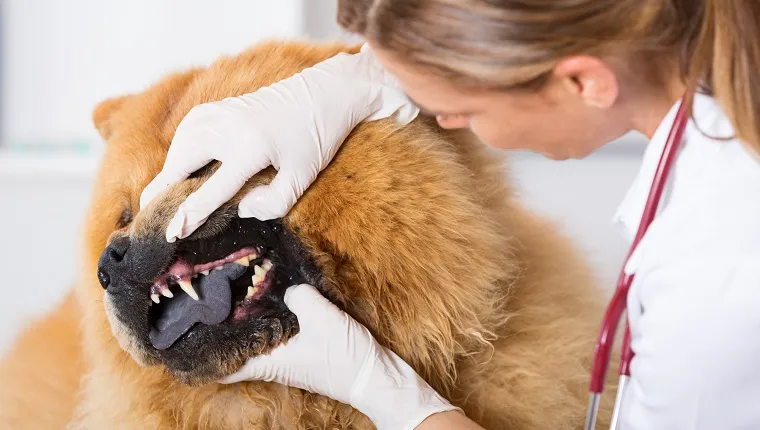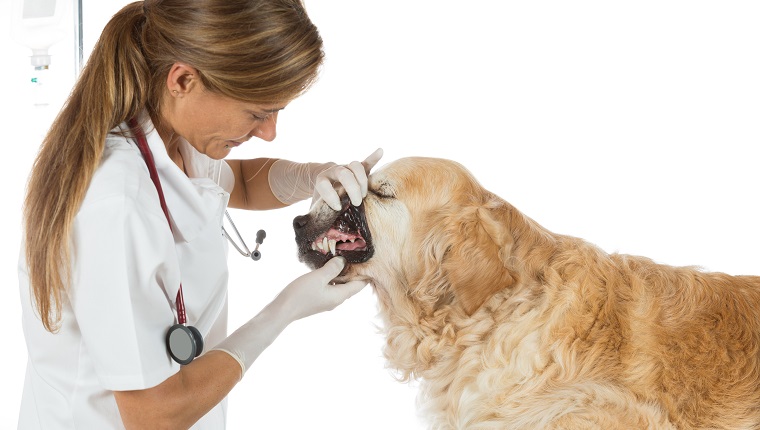Oral masses in dogs refer to growths found in a dog’s mouth or the area around the head. Not all of these growths are cancerous, and they can be malignant or benign. In general, older dogs and male dogs seem more likely to develop these masses than female dogs and younger dogs.
Additionally, certain dog breeds including Golden Retrievers, Cocker Spaniels, and Saint Bernards are most at risk of suffering from this condition. Thankfully, most of these masses can be treated, especially if they are discovered early enough.
If you see signs that your dog might be developing growths in or around their mouth, then you must consult your veterinarian for a proper diagnosis and course of treatment. Here’s what you should know about the symptoms, causes, and treatments of oral masses in dogs.
Symptoms Of Oral Masses In Dogs
Oral masses in dogs can produce a number of symptoms. Some of the most common symptoms include:
- Sores that bleed
- Bad breath
- Issues when chewing
- Drooling a lot
- Teeth issues (including displacement)
In general, the main places that these masses appear include a dog’s gums, tongue, lips, and the lymph areas close to the mouth.
Causes Of Oral Masses In Dogs

Oral masses in dogs are generally considered to be idiopathic, which means there is no currently known cause. However, there are a number of factors that seem to increase the chances of a dog developing these growths.
Some of those factors include periodontal disease and secondhand smoke.
Additionally, the following breeds of dog seem to develop these growths at a more frequent rate than other breeds:
- Golden Retrievers
- Weimaraners
- Chow Chows
- German Shorthaired Pointers
- Cocker Spaniels
- Boxers
- Miniature Poodles
- Saint Bernards
Veterinary Treatments
If you notice that your dog has developed an oral mass, your veterinarian will most likely want to take a biopsy of the growth’s tissue. This will help them figure out if the mass is cancerous or not. In some cases, vets may also use X-rays to assess the extent of the condition.
When it comes to treatment, vets commonly use a surgical procedure to remove the mass. In some cases, vets may also use a course of chemotherapy or radiation.
When recovering at home, your dog might experience issues with consuming food, so speak to your vet about ways to help make the process easier.
Has your dog ever developed oral masses? How did your vet treat your dog? Tell us all about it in the comments below.









